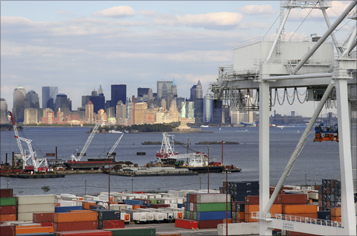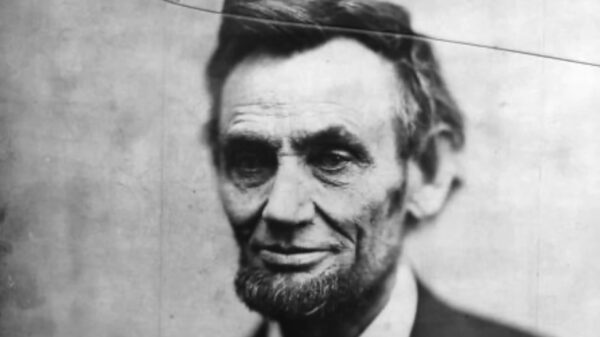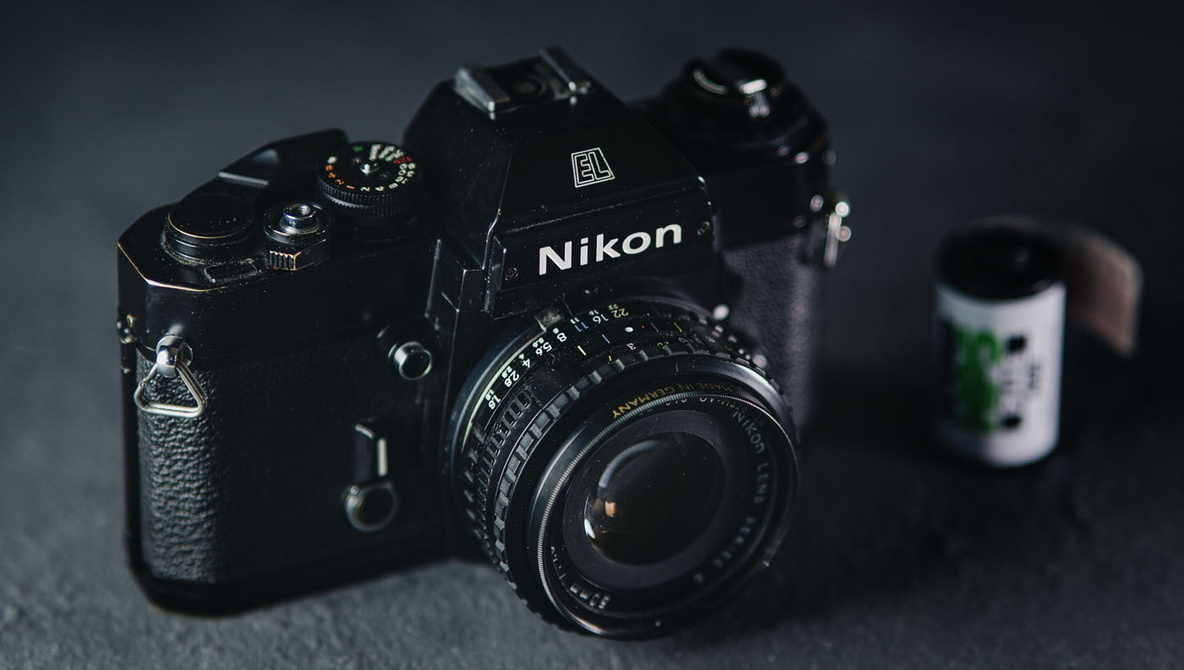Film photography is experiencing a notable resurgence, particularly among younger generations eager to escape the digital landscape. This trend has been observed in camera stores across Canada, where used film cameras are reportedly selling out quickly. Many enthusiasts are rediscovering the tactile experience and creative process that film photography offers.
During a recent visit to a local camera store, a conversation with a staff member highlighted the growing interest in film. The employee noted that younger customers are drawn to the medium, often purchasing used cameras within days of their arrival. This shift raises the question: why are young people gravitating towards film photography today?
One reason is the desire for a more deliberate approach to capturing images. In an age dominated by instant digital photography, many young photographers seek the unique qualities that film can provide. The process is slower, encouraging greater thoughtfulness in composition and timing. As one enthusiast expressed, “Every shot costs money,” which discourages the casual “spray and pray” approach common with digital cameras.
As Simon, a professional photographer with over 35 years of experience, explores his return to film after a 21-year hiatus, he reflects on the changes in the industry. He discovered that developing film can take between four to six weeks, as many labs now send rolls to the United States for processing. In an age where immediate results are expected, this delay can seem counterintuitive.
Moreover, many young photographers are opting to have only digital scans of their film, foregoing the physical negatives altogether. This trend is puzzling for those who appreciate the traditional benefits of film, such as the ability to create high-quality prints from negatives. Simon’s research led him to discover several professional labs in Toronto that still provide negatives, allowing him to maintain more control over his photographic process.
Despite the allure of film, the associated costs cannot be overlooked. The price of film and development has increased, and fewer labs are available to process film, which can make the experience more expensive. Simon notes that older mechanical cameras from the 1970s can often be found for under $100, making them an accessible entry point for new film photographers. Yet, the challenges of maintenance and repair can add to the overall cost, as vintage cameras may require specialized servicing.
The appeal of film photography extends beyond nostalgia and aesthetics; it embodies a slower, more intentional approach to the craft. Many photographers argue that the unique characteristics of film—its grain, color response, and imperfections—contribute to the emotional impact of the final image. This sentiment resonates with those who believe that the essence of photography lies in the process rather than just the outcome.
While digital photography allows for rapid shooting and easy editing, Simon contemplates the tactile satisfaction of working with a mechanical camera. He appreciates the opportunity to engage deeply with the fundamentals of photography, such as aperture and shutter speed, without the distractions of modern technology. This hands-on experience fosters a greater understanding of light and composition.
As Simon embarks on his renewed journey into film photography, he plans to document his thoughts, experiences, and gear through a series of articles and videos. This commitment reflects not only a personal exploration but also a broader trend among photographers looking to reconnect with the analog roots of their craft.
The growing community surrounding film photography has also played a significant role in its resurgence. Numerous meetups and online forums provide platforms for enthusiasts to share their work and learn from each other. This collaborative spirit fosters creativity and encourages more individuals to take up film as a serious pursuit.
In conclusion, film photography’s revival among younger generations represents a desire for authenticity and a return to craftsmanship. While digital photography continues to dominate, the unique qualities of film and the enriching process it entails are appealing to those seeking a different kind of photographic experience. As Simon reflects on his own journey, he invites others to consider what film photography means to them and whether they too might take the plunge back into this rewarding medium.






































































